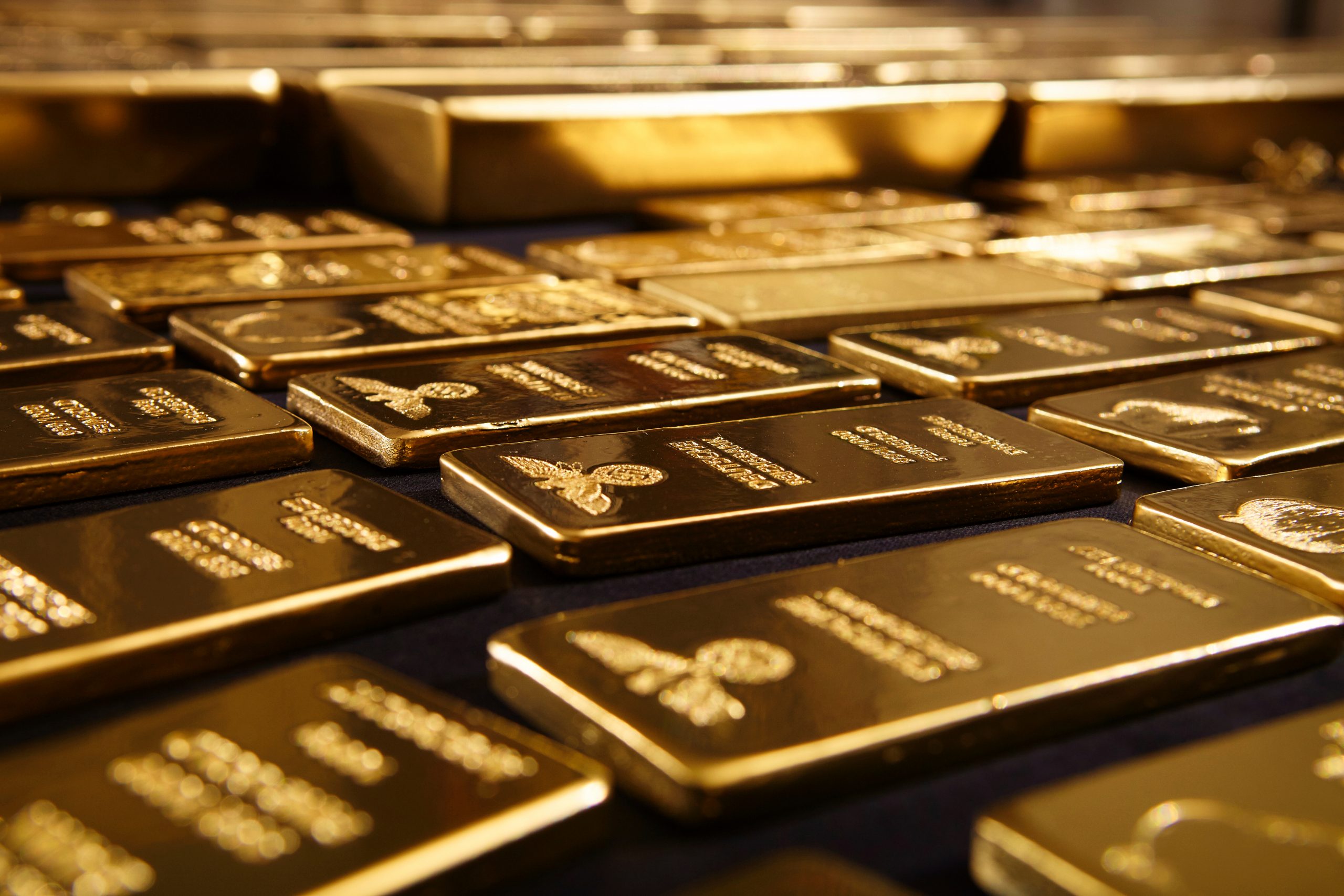Gold Price Reacts to Geopolitical Tensions and US Inflation Data
The price of gold has experienced a significant recovery due to increased safe-haven appeal amid rising tensions in the Middle East. At the same time, the US Dollar has remained strong in anticipation of inflation data from the United States. This data is expected to have a major impact on interest rate outlook.
Investors are closely watching the United States Consumer Price Index (CPI) data for January, which is set to be published at 13:30 GMT. The consensus among analysts is that price pressures are likely to have softened, given the Federal Reserve’s decision to maintain interest rates in the range of 5.25%-5.50%.
The outcome of the inflation data will play a crucial role in shaping the future of interest rates. Softening inflation would be seen as positive for gold, as it would suggest a greater likelihood of interest rate cuts, reducing the opportunity cost of holding gold, which does not yield interest.
The Federal Reserve has been cautious about aggressive rate cuts in 2024, emphasizing that achieving its dual mandate of 2% core inflation and full employment remains a challenge. Despite this, labor demand in the US has remained strong, and economic activities are improving despite higher interest rates. Fed policymakers are demanding more evidence of price stability before considering a rate-cut campaign.
If the inflation data turns out to be softer than expected, it could lead to increased hopes of rate cuts. Easing price pressures would also put pressure on the US Dollar and bond yields, further supporting gold, which is priced in US Dollars. Investors may shift their funds away from the US Dollar if inflation decelerates, allowing the Fed to reconsider its hawkish interest rate stance.
Geopolitical tensions have also played a role in driving up the price of gold. Escalating tensions in the Middle East, particularly the attacks by Iran-backed Yemeni Houthis on commercial ships in the Red Sea, have led to increased demand for non-yielding assets like gold as a hedge against uncertainty.
Looking ahead, the US inflation data for January is expected to be a primary trigger for the foreign exchange market, with expectations of slower annual headline inflation and core inflation. This data will influence expectations of a rate cut by the Federal Reserve, with traders currently seeing a 48% chance of a rate cut by 25 basis points in the May monetary policy meeting.
On the technical side, gold prices have rebounded from a weekly low, showing strong demand as geopolitical uncertainty rises. The precious metal is currently hovering near the upper border of a Symmetrical Triangle chart pattern, indicating potential volatility in the coming days.
Additional Insight:
Gold has historically been viewed as a reliable store of value and a hedge against economic and geopolitical uncertainty. Its appeal as a safe-haven asset is particularly evident during times of heightened tensions and potential economic instability. The inverse correlation between gold and the US Dollar, as well as its relationship with interest rates, makes it a key asset for investors looking to diversify their portfolios and protect against market volatility. Moreover, the role of central banks as major holders of gold underscores its significance as a measure of trust in the strength of economies and currencies.









